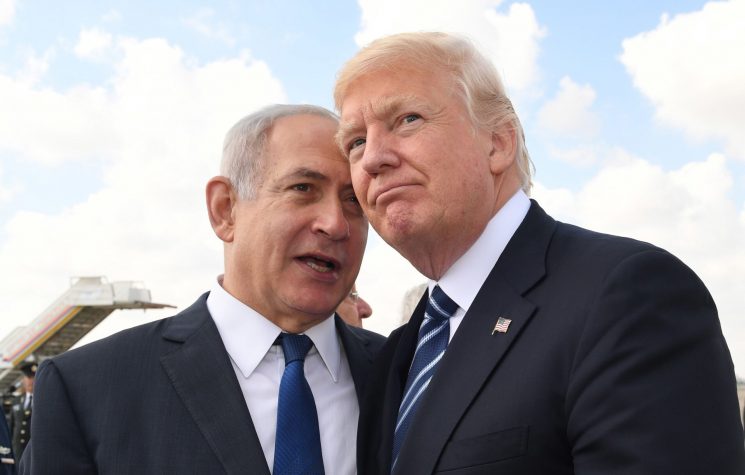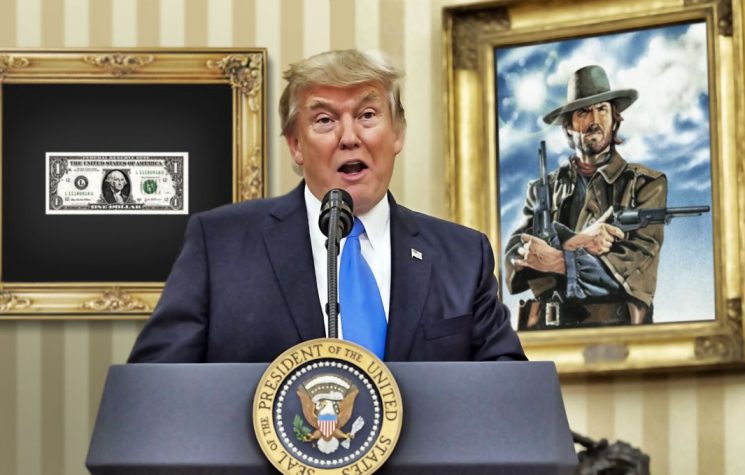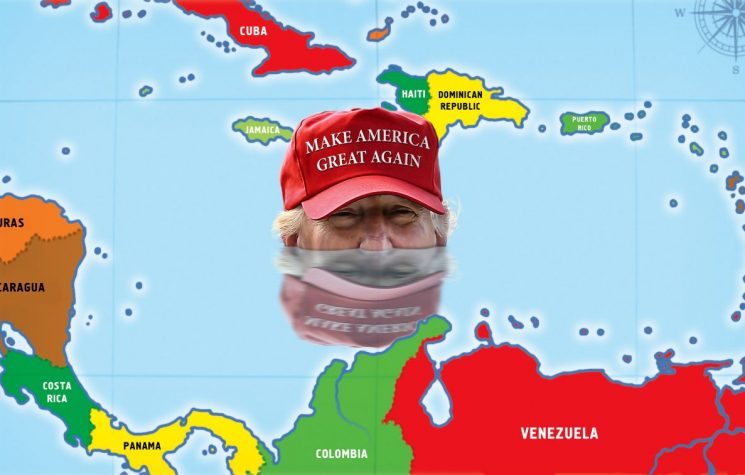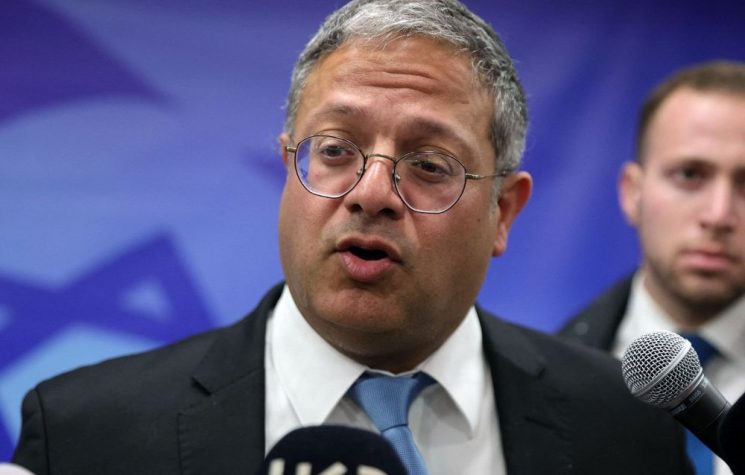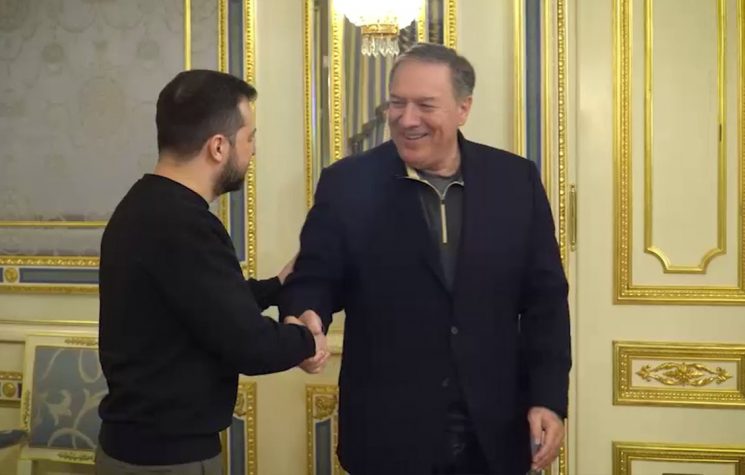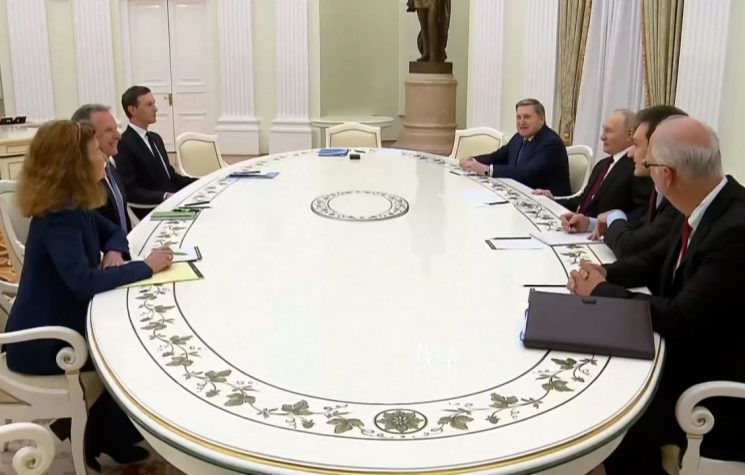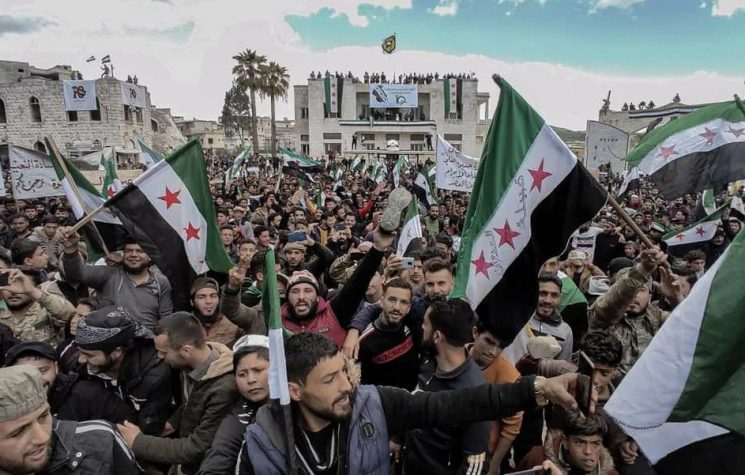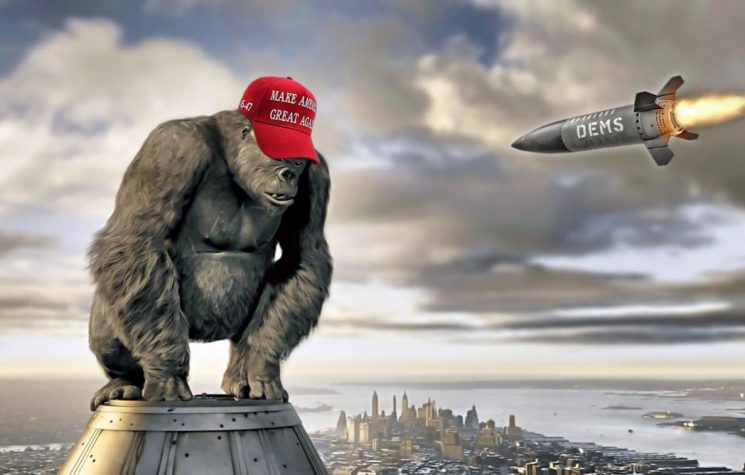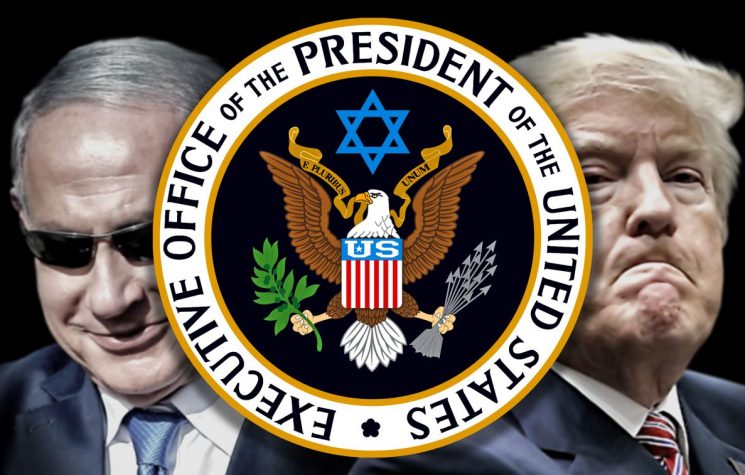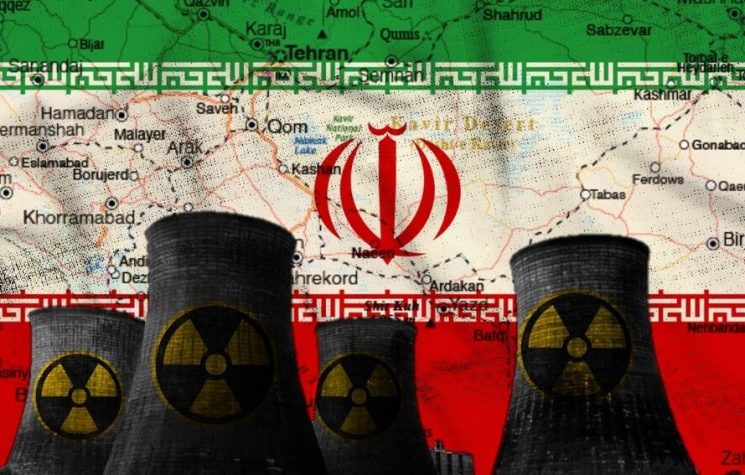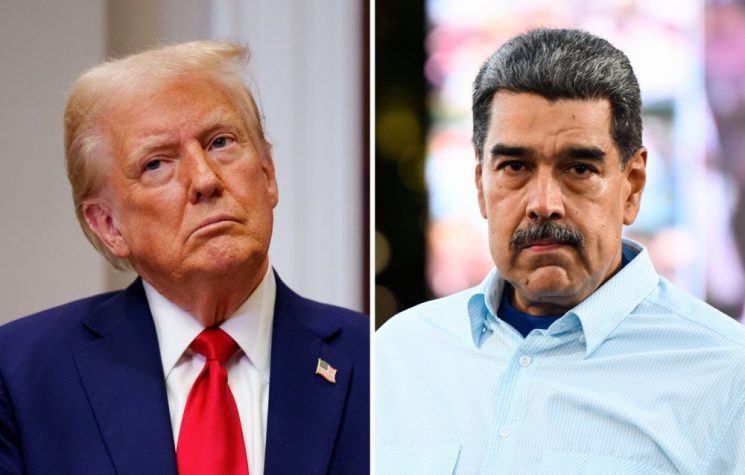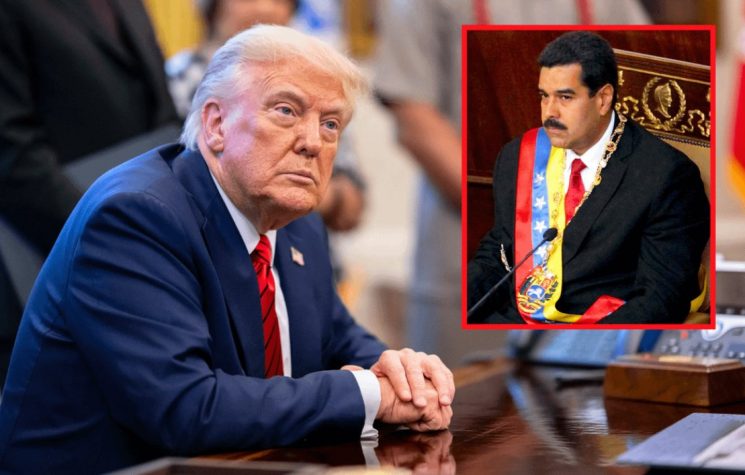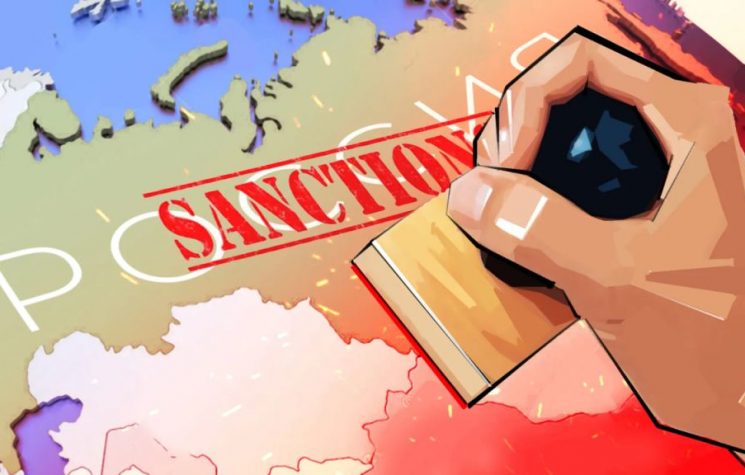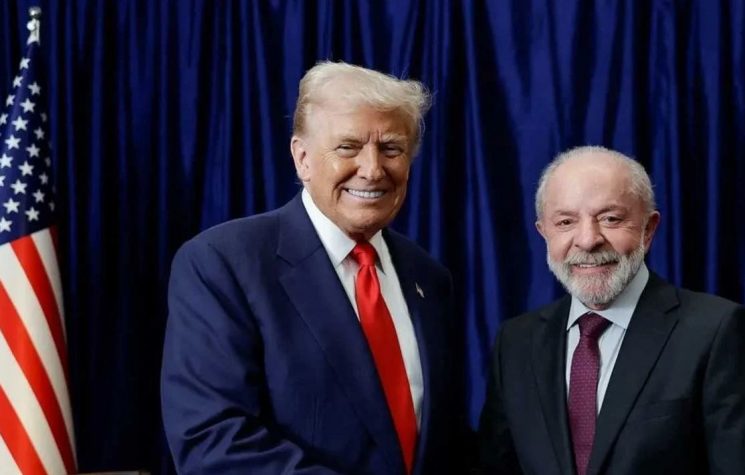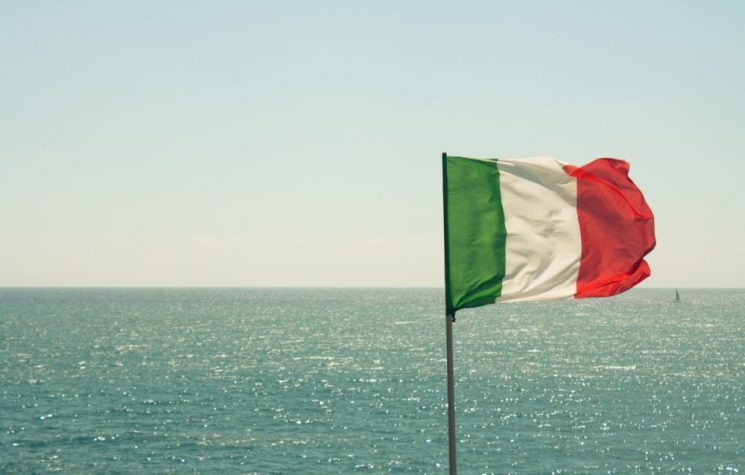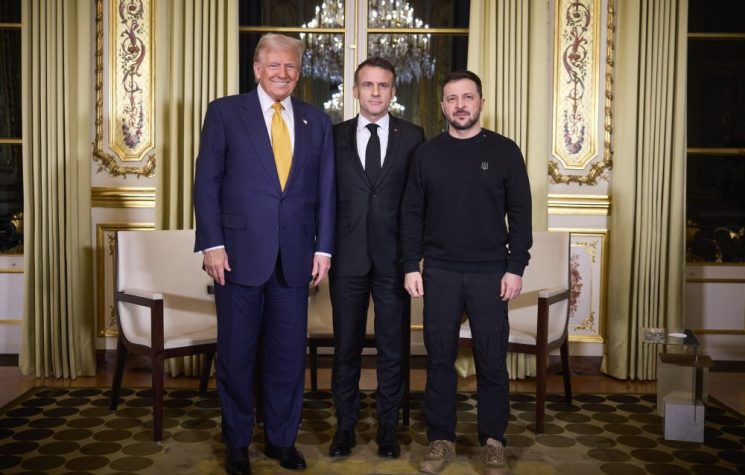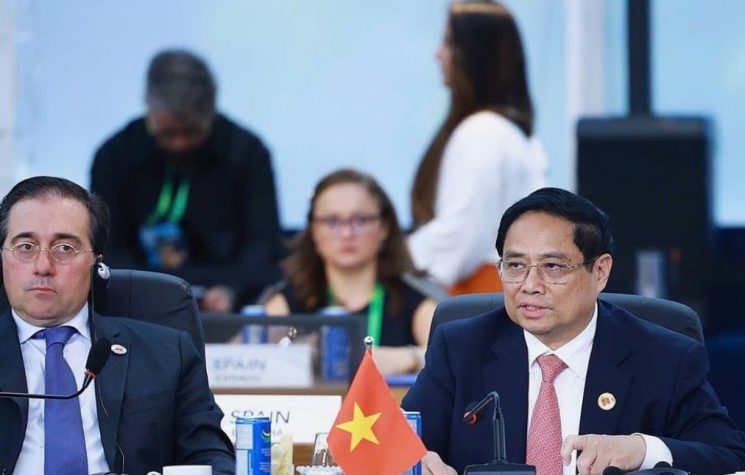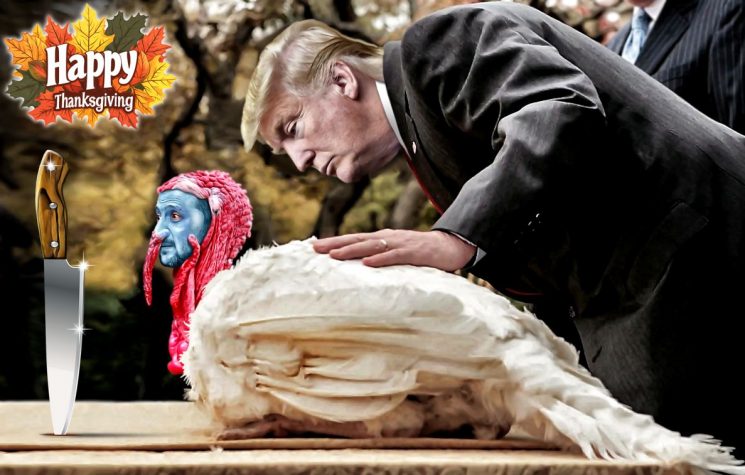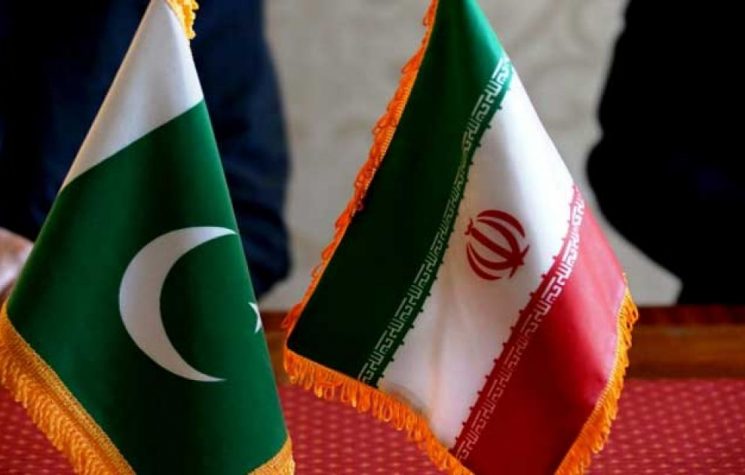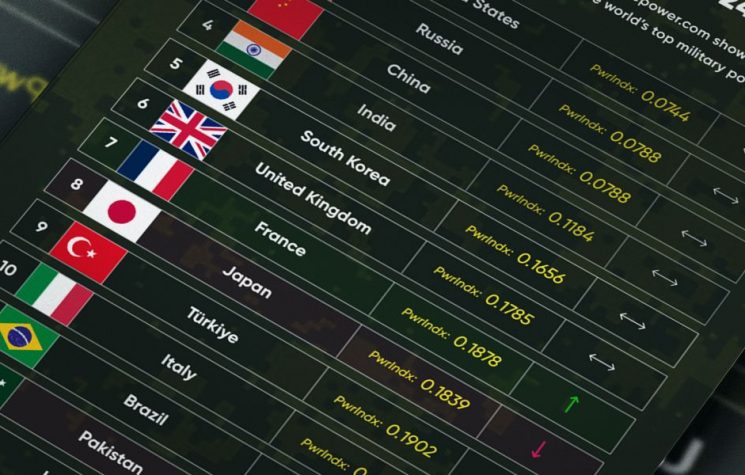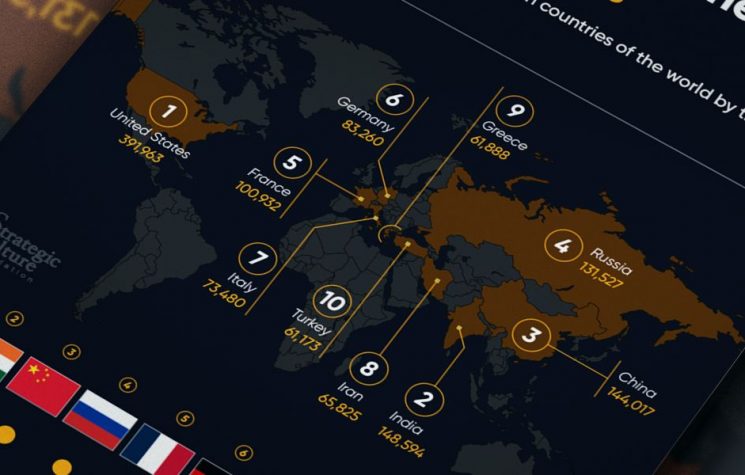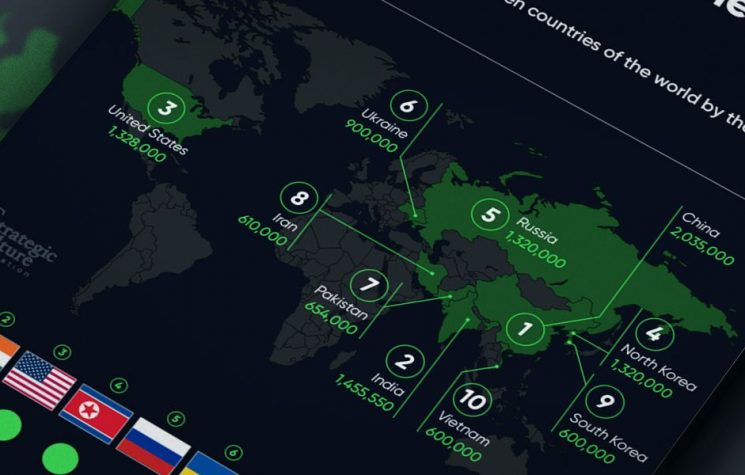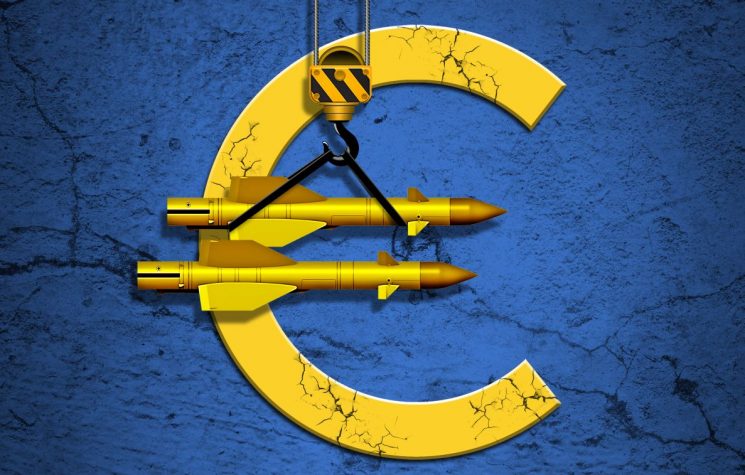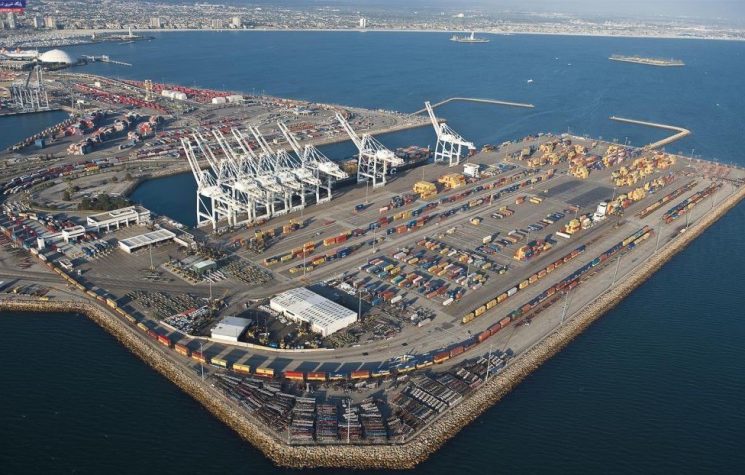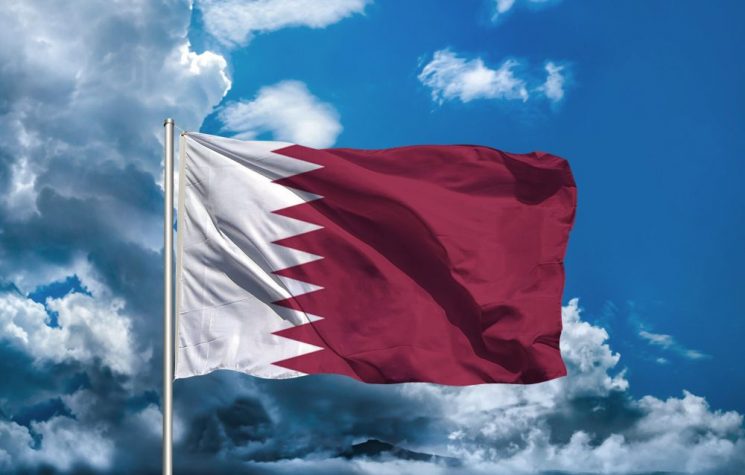It will be critical how Israel respects the ceasefire. Probably it won’t as it’s often the style of Israel to break the very deals it signs.
Join us on Telegram![]() , Twitter
, Twitter![]() , and VK
, and VK![]() .
.
Contact us: info@strategic-culture.su
Is Donald Trump in charge of U.S. foreign policy in the Middle East or is he following the orders of others? Few if any analysts in recent days can fail to admit that they’ve been outfoxed by the Donald since Iran air strikes began by Israel on June 13th. Most, including the author, were baffled by how Trump could be the first president ever in the U.S. to sign off on the strikes and then break all convention again by putting himself in the history books with the bunker buster attacks, which we are told have destroyed three of Iran’s underground nuclear storage facilities.
And now just recently, after the B2 strikes we witnessed Iran launch token missile attacks on U.S. bases which were really more than anything else a PR stunt for Tehran and not intended to actually harm any U.S. soldiers of hardware installed there. We now know that the Iranians warned the Americans beforehand and so are we led to believe that there is a cordial, if not amiable, relationship in place between Iran and the U.S.? What are we witnessing exactly?
It’s important to remember that the U.S. and Iran have two different objectives. But seen in the clear light of day, it may still be possible that those pundits who insisted Trump didn’t have the guts to go ahead with the bunker buster strikes might still be right. It might not have actually been the Donald who ordered the strike.
It is entirely feasible that most of what we are seeing on mainstream media and even on social media threads are, at best twisted or, at worse completely concocted. There are a number of scenarios which might explain the events of recent days. The first one is that Israel is controlling the entire operation from the beginning and Trump is playing the role of a spectator who gets most of the credit. Part of this scenario is that Mossad might have got intelligence that the centrifuges from the underground bunkers were being moved – or had already been moved – and so the least the Americans and Israel could scrape back out of the busted flush would be some political capital by hitting the sites with the bunker busters. Are you curious about the reports that they did little damages? Do you find it odd that experts are saying that for the strikes to be effective, they should not have been carried out in the way the B2 bombers dropped their payloads?
One explanation is that Trump was told that the centrifuges were no longer there and so all that was required would be to damage the sites sufficiently to tick the box and show Iran that the U.S. has the option always of using them in the future. In other words, despite everything, there are still backchannel talks going on and a deal is still there to be made.
Some experts are leading us to believe that the Iranians played a master card by carrying out the strikes on U.S. airbases in the region as this would defuse the tensions and pave the way for a ceasefire. An “off ramp” for everyone it is often described. But there is a huge division of joined up thinking on what happens next. Many still believe that Trump (or the deep state and Israel which control him) thinks that regime change is not really an objective of whoever is running the show. It is as though Trump is allowed some bandwidth here for his own ideas as he is fixated on getting a better nuclear deal signed than the Obama one which he annulled while Israel would prefer a regime change and to get their own people in to run the country more or less as a western satellite. The last time Israel had this idea in the region was in the summer of 1982 when its forces had invaded Lebanon and plans were afoot to install their preferred candidate Bashir Gemeyel as president. Gemeyel hadn’t even taken office before he was assassinated on the instructions of Syria.
In the coming days it will be critical how Israel respects the ceasefire. Probably it won’t as it’s often the style of Israel to break the very deals it signs. But if this idea of installing a new government which will see Israel as its hegemonic patron gains any ground, the entire Middle East will be a different place as Israel under Netanyahu would have succeeded in its decades-long objective. It could happen but it will require the support of Trump who still holds some power in the structure, who might have other plans of cutting business deals with the present regime. It will be the ultimate test of Trump and Netanyahu’s relationship. What could possibly go wrong?










